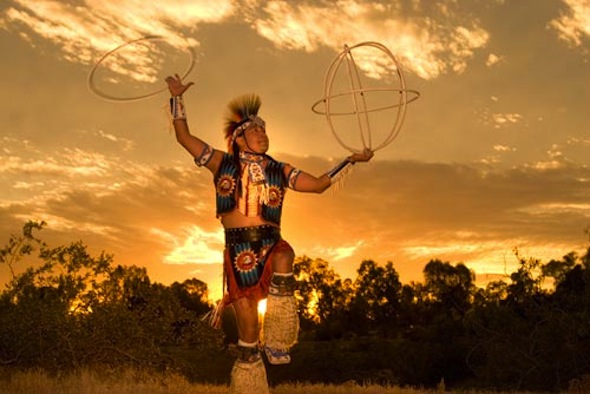Culture of Phoenix
The influence of Mesoamerican culture in the southwestern region of the United States is from 500 BC. This culture was developed in southeastern part of Mexico and in the Central America.
The impact of Latin culture in Arizona dates back to the early settlers, who settled in this territory before Arizona was annexed to the United States.
There
are various historical records that shows the trades between the
Arizona and the South America, its relationship with the South
American continent and cultures that has developed during and after
the Spanish colonization.
The culture of population sector is directly linked to their roots. They were the one, who settled in Arizona during migration, that was increased in the mid of nineteenth century.
Search
for fortifying the link to the Latino identity, dating from the
earliest settlements in the area and the motivation to express the
collective experience of being Mexican American or Latino, sought to
create art groups, manifest exploring music, visual arts, theater,
cinema and literature.

These
manifestations were visible from the first frescoes, painted in
Catholic churches and the Mission San Xavier del Bac in Tucson
theater companies in the late 1800s (Lyric Theater or Theater
Carmen Cervantes).
And in music as Club Tucson Philharmonic Orchestra
Navarro, Pete the Music Makers Bugarin, Mariachi Changuitos Ugly or
Mariachi Cobre, the latter founded in 1971 and was the first
professional group in this genre in the state.
Many Latin writers were also influenced by literature in the region particularly harder after World War II. The written arts such as poetry, essays, short stories, novels, theater scripts, etc were instrumental in finding the expose roots and the experience of being Mexican American.
During the Chicano Movement in the 60s and 70s, many publishers paid more attention to Latin authors as Octavio Romano (The Mirror), Miguel Mendez (Pilgrims of Aztlan) and bastion of Chicano literature in the southwestern United USA.
Also noteworthy, Gary Keller (Tales of the huitlacoche), Patricia Preciado, Alberto Rios Marin, Margarita Cota-Cardenas and now Stella Pope-Duarte and Eduardo Barraza are among the others.
Similarly, the film industry experienced boom in Arizona from the 40s and it was less expensive to produce films in the state in California.